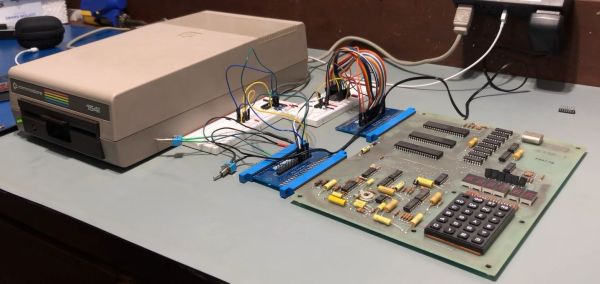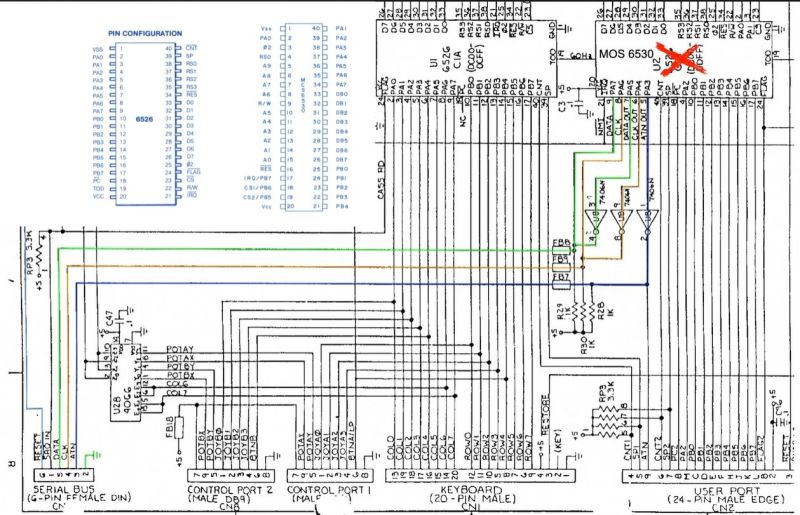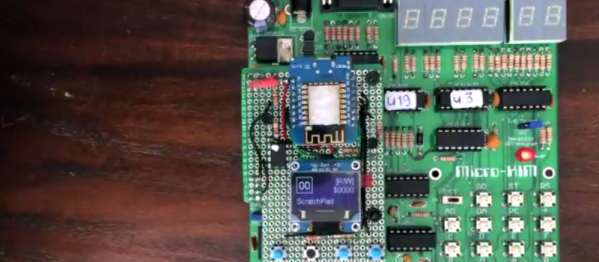Playing chess has always been a bellwether for computers. The game isn’t trivial, but the rules are managably simple. However, the game is too complex to be easily solved entirely, so you have to use tricky software to play a credible game. Big computers do have an advantage, of course. But Microchess — arguably the first commercial game for home computers — was able to play on tiny machines like the Kim-1. [Joachim Froholt] interviewed [Peter Jennings] — the man behind Microchess to learn the whole story of its creation.
In 1960, [Jennings] was ten years old and had to persuade the local librarian to let him read adult books on electronics and computers. Five years later, a ham radio teletype and some circuitry helped him practice chess openings and was the first of many chess-playing machines he’d build or program.
Microchess itself took six months of painstaking programming, entering hex codes into the computer. Word leaked out from a user’s group meeting (where Microchess beat a human player), and [Jennings] was swamped with requests for the program. In late 1976, the program was offered for sale as a teletype listing or, for an extra $3, a cassette tape.
The program went on to be very successful and moved to other platforms. Commodore even made a special dedicated device based on the Kim-1 to play Microchess, a piece of hardware unique enough that [Michael Gardi] honored it with one of his phenomenal replicas.


















